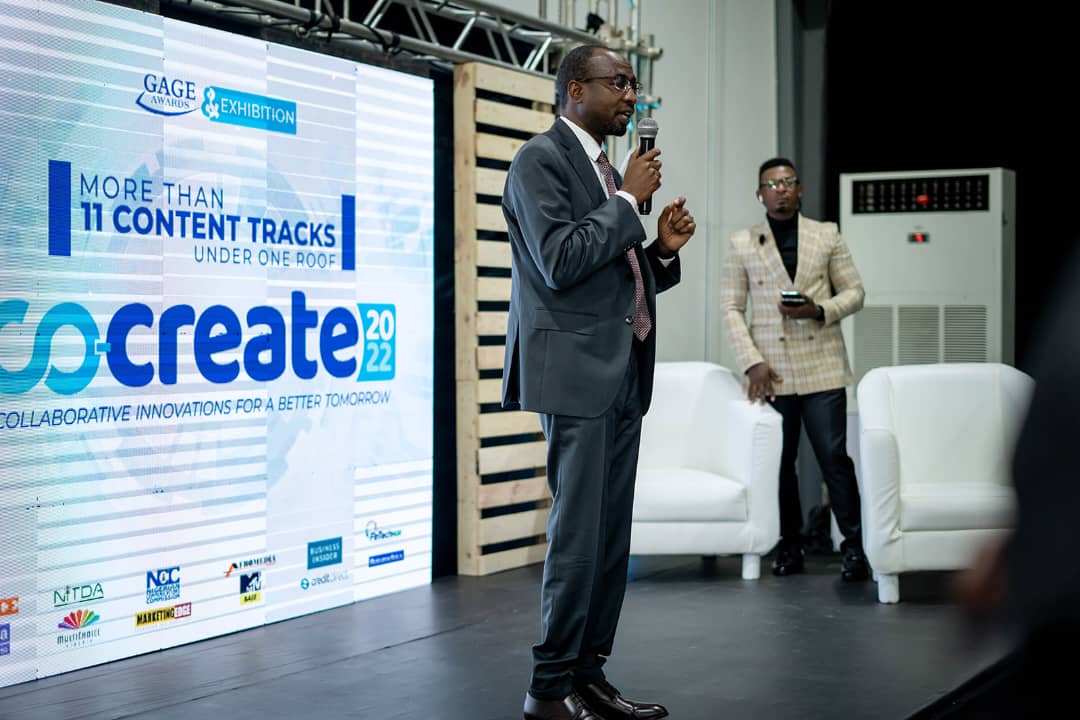By Zion Rufus
One important lesson the world has learnt since COVID-19 launched us into a new normal is “BE PREPARED”. The pandemic forced countless businesses to learn very hard lessons about how quickly things can change. Innovations that were initially projected for 2025 were fast tracked to 2020.
Amongst other notable transformations, the pandemic also ensured an accelerated rate of digitization and virtualization of businesses and society as 10 years worth of growth in e-commerce was compressed into just three months in late 2019, according to McKinsey & Company.
Looking ahead to 2022, it is expected that some of the digital transformations and tech innovations that dominated industries in 2020 and 2021, will still set the pace through 2022 and beyond.
The year of convergence
Since the advent of COVID, we have seen a lot of conferences and events going digital. Although 2021 brought the hybrid experience that is a combination of physical and virtual, 2022 will most probably see more of virtual.
“When work-from-home became the new normal, employees realized it was more convenient and output increased, organizations began to respond by delivering digital‑first and connected experiences to drive productivity and retain talent. As businesses are evolving, remote working will continue to rise in 2022 and it will usher in innovative advancements especially in the area of software development. We will begin to see more businesses buying into the idea of hybrid models for team management and workforce collaboration,” predicted Lanre Basamta, Group Head, mobile financial services, Interswitch.
Welcome to Web 3.0
Apparently, one of the biggest industrial revolutions to ever hit the world is near.
Basamta said: “We are moving past the internet into the future and the future is more exciting. It’s called web 3.0 where it is not only interactive communications, it is an immersive experience. The future is bright and there is a whole lot more it can do, though it may take a while.”
Web 3.0, which has been tagged “the next big trend”, comprises AI-driven services, decentralized data architectures and edge computing. Web 3.0 has been described as the next stage of the web evolution that would make the internet more intelligent or process information with near-human-like intelligence through the power of AI systems that could run smart programs to assist users.
Deepening of social messaging
With over 2 billion users on WhatsApp, 1.3 billion users on Facebook Messenger, and 1.2 billion users on WeChat, a lot of brands have begun to leverage social messaging platforms to boost customer engagement by integrating them into their social media and customer care strategies.
The acceleration of digital transformation propelled by the pandemic also fueled the social messaging phenomenon as people spent more time online than offline.
“For the last few years we have seen social media evolve and become the dominant places. We are seeing a lot more being done in social messaging rather than on social media. There are also less restrictions on social messaging compared to social media, so a lot of people are migrating to communities on these social messaging platforms. Many of the blogs, social groups, are now more on social messaging sites than on social media. This means that we will see a growing use and adoption of social messaging compared to social media,” Basamta projected.
Radical Evolution of Video as a primary means of communication
Brands, marketers, advertisers, and influencers all have one thing in common when it comes to social media marketing, VIDEO. Viral videos are rapidly redefining all aspects of social media influencing as businesses communicate with old customers and prospect new ones through video skits and campaigns to co-create experiences, improve customer intimacy, and as well earn the trust of their consumers.
Basamta explained: “Today we see video as the number one channel for communication. Many years ago it was difficult to create videos on your mobile phone. To upload videos online was sloe, inefficient and expensive, as well as time consuming. Today we have seen with many platforms like TikTok, Instagram, Facebook that there are a lot more use cases for video. So we are going to see a continuous adoption and evolution and radicalization of videos as videos are going to become more mainstream. Many years ago, first it was audio, then the world shifted to textual, then graphics, selfies, and now we are in the age of videos going viral.”
Video has become valuable as an engagement tool, and offers some limited analytics. Businesses can also measure the number of views, length of view, and compare the appeal of one video with another.
Advertising Spend goes to digital
Ad giant Dentsu in its latest ad spend report for the global advertising sector stated that ad spend is expected to surge 10.4% to $634bn this year, and it makes it better for 2022, with total spending now expected to exceed pre-pandemic levels a full year earlier than originally anticipated.
Basamta broke it down: “From an ad spend, execution and adoption perspective, we are seeing a lot more people putting money in digital. Today people spend more time online and in the digital space than offline. So the implication of that is that the advertising budget will continue to go to digital at the expense of traditional platforms.”
The expert predicted: “We are going to see less engagement on Tv, and outdoor and see more digital penetration. One of the major things we saw this year and will continue to see is the rapid acceleration of digital content. We have some movie producers who are fully satisfied with producing movie series for YouTube and Facebook because they get more engagement and their sponsors and partners are happy to sponsor and partner with them there. They think that TVs are too expensive to put their shows on. So this shows that people are increasingly getting more.”
Straight into The Metaverse
The Metaverse is hoping to bring the world together; Organizations, brands, individuals, marketers, advertisers, and publics across sectors.
The metaverse was first coined in Neal Stephenson’s 1992 sci-fi novel Snow Crash and described as a blending of digital and physical existence. Others, including Tech giants like Facebook and Microsoft have collectively identified it as an expansive network of persistent, real-time rendered 3D worlds and simulations that support continuity of identity, objects, history, payments, and entitlements, and can be experienced synchronously by an effectively unlimited number of users, each with an individual sense of presence. Although it doesn’t yet exist, as tech giants are working and investing tirelessly to make it a reality, eventually people will be able to completely immerse themselves in the Metaverse, and Marketing and communications professionals have been advised to pay attention to the metaverse because it is the “next frontier for online interaction”. Just like social media revolutionized the online marketing landscape, so too will the metaverse.







Comment
No comments found.